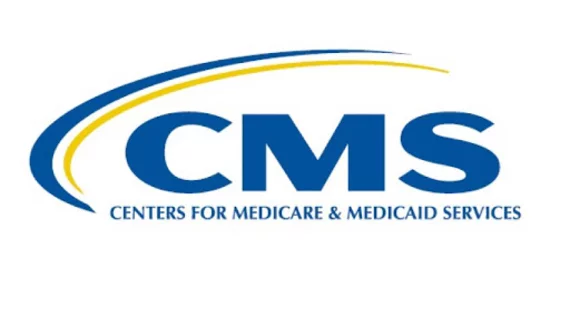CMS’s ‘implausible’ risk adjustment for atherosclerosis penalizes PCI centers
Risk adjustment models for acute myocardial infarction (AMI) used by CMS suggest a diagnosis of atherosclerosis is associated with about a 40 percent reduction in 30-day mortality for Medicare beneficiaries. The authors of a study in the Journal of the American Heart Association found hospitals that provide more extensive cardiac care are more likely to report the condition, thereby skewing the risk models.
They called for atherosclerosis to be removed from the models, saying it unfairly penalizes centers that routinely perform percutaneous coronary intervention (PCI). Hospitals are ranked based on their observed-to-expected mortality ratio, so misleadingly reducing the expected mortality rates of patients at certain facilities drives down their ranking, explained lead author Bijan A. Niknam, BS, and colleagues.
“As a biological condition, atherosclerosis upon admission is a valid risk factor, but if its notation in a medical chart or in administrative claims is affected by PCI, then its notation is not a risk factor but rather a consequence of treatment,” they wrote. “If models adjust for consequences of a treatment, they remove or distort the effects of that treatment.”
CMS should strive to use mortality estimates reflective of a patient’s baseline condition, not factors that may differ as a result of disparate care practices, the authors said.
Niknam et al. studied more than 400,000 Medicare beneficiaries who were hospitalized for AMI between 2009 and 2011. They found 86.5 percent of patients admitted at the 100 largest PCI hospitals had a diagnosis of atherosclerosis, compared to 70.1 percent of those admitted to the 100 largest hospitals that didn’t routinely perform PCI. Overall, 93.9 percent of patients who received either PCI or coronary artery bypass grafting (CABG) were diagnosed with atherosclerosis compared to 75.4 percent of patients who didn’t undergo revascularization.
When removing atherosclerosis from the risk-adjustment model, the researchers found the number of expected lives saved by PCI hospitals jumped 62 percent. Hospital rankings also shifted with this change, with 72 of the 100 PCI hospitals moving up the list and 77 non-PCI hospitals dropping in the ranking.
“It would appear that present adjusted comparisons of hospital AMI outcomes that include atherosclerosis in the risk‐adjustment model are underestimating the quality of PCI hospitals and overestimating the quality of non‐PCI hospitals,” Niknam et al. wrote.
“It is implausible that atherosclerosis reduces risk, as the models suggest. More plausible is that an atherosclerosis diagnosis simply indicates subsequent performance of a PCI or a more thorough diagnostic examination, either or both of which may help reduce mortality. We would suggest removing atherosclerosis from these risk‐adjustment models.”
The authors acknowledged coding practices and treatments may have changed since their data was collected, but pointed out an analysis from Medicare models for 2013 to 2016 still showed a diagnosis of coronary atherosclerosis or angina was associated with a 35 percent reduction in 30-day mortality.

